|
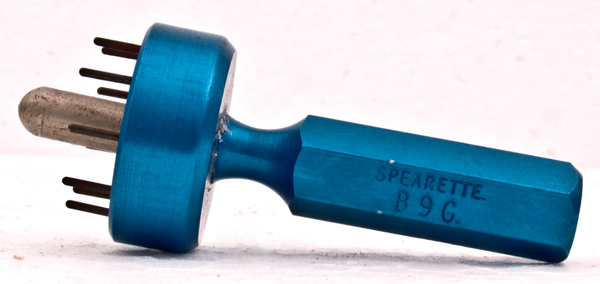
B9G wiring jig
Reliable valve equipment required more than reliable valves. With the advent of all-glass construction the glass to metal seal for the lead-out wires that had previously suffered no mechanical strain as flexible wire took the connection to the base pins, now became integral with the pin itself. As a consequence the pin became the subject of research. Too hard a pin, and mechanical forces would be transferred to the glass and the seal would fail. Too soft a pin and it would protect the seal but would easily bend and deform and not allow perfect insertion into the holder in all cases.
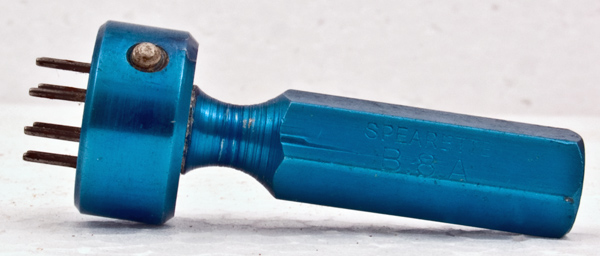
B8A wiring jig
Over time an analysis of valve failures indicated that a small proportion of failures were the direct result of strain on the valve pins due to mis-alignment of the valve-holder contacts. Reliability enhancement necessitated that the wiring of equipment did not pull the valve-holder contacts away from ideal alignment.
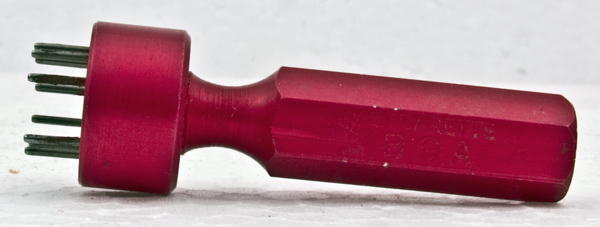
B9A wiring jig
The solution was to use a valve-holder jig during wiring-up of the valve circuit. The jig would be inserted into the valve-holder to hold the contacts in the correct place. Additionally it was suggested that the valve itself have its pins straightened before use. Many valves were subsequently fitted with straightening blocks by the manufacturer so as to preserve correct pin position from packing through to insertion into the holder.

B8A wiring jig
The B9G jig is 26 mm in diameter and 70 mm long. The B8A jig is 20 mm in diameter and 62 mm long.The B9A jig is 18 mm in diameter and 62 mm long. The B7G jig is 15 mm in diameter and 62 mm long.
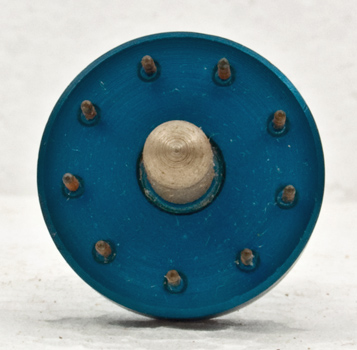 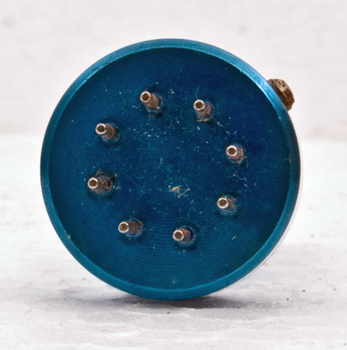 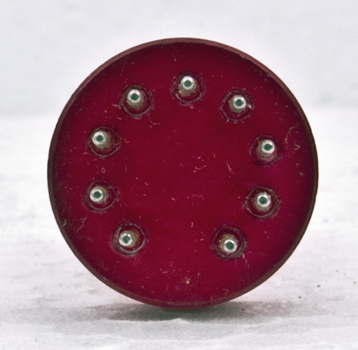 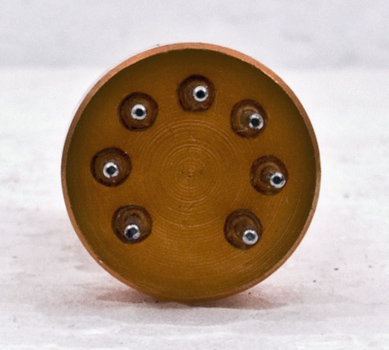
Pin views: B9G, B8A, B9A & B7G
|